Introduction
Thypoch (from ‘Thy’ and ‘epoch’) is a new lens manufacturer introduced at Photopia Hamburg in September 2023. The brand at the moment seems to specialize in Leica M-mount lenses and has released two prime lenses, the Simera 28mmƒ1.4 and the Simera 35mm ƒ1.4.
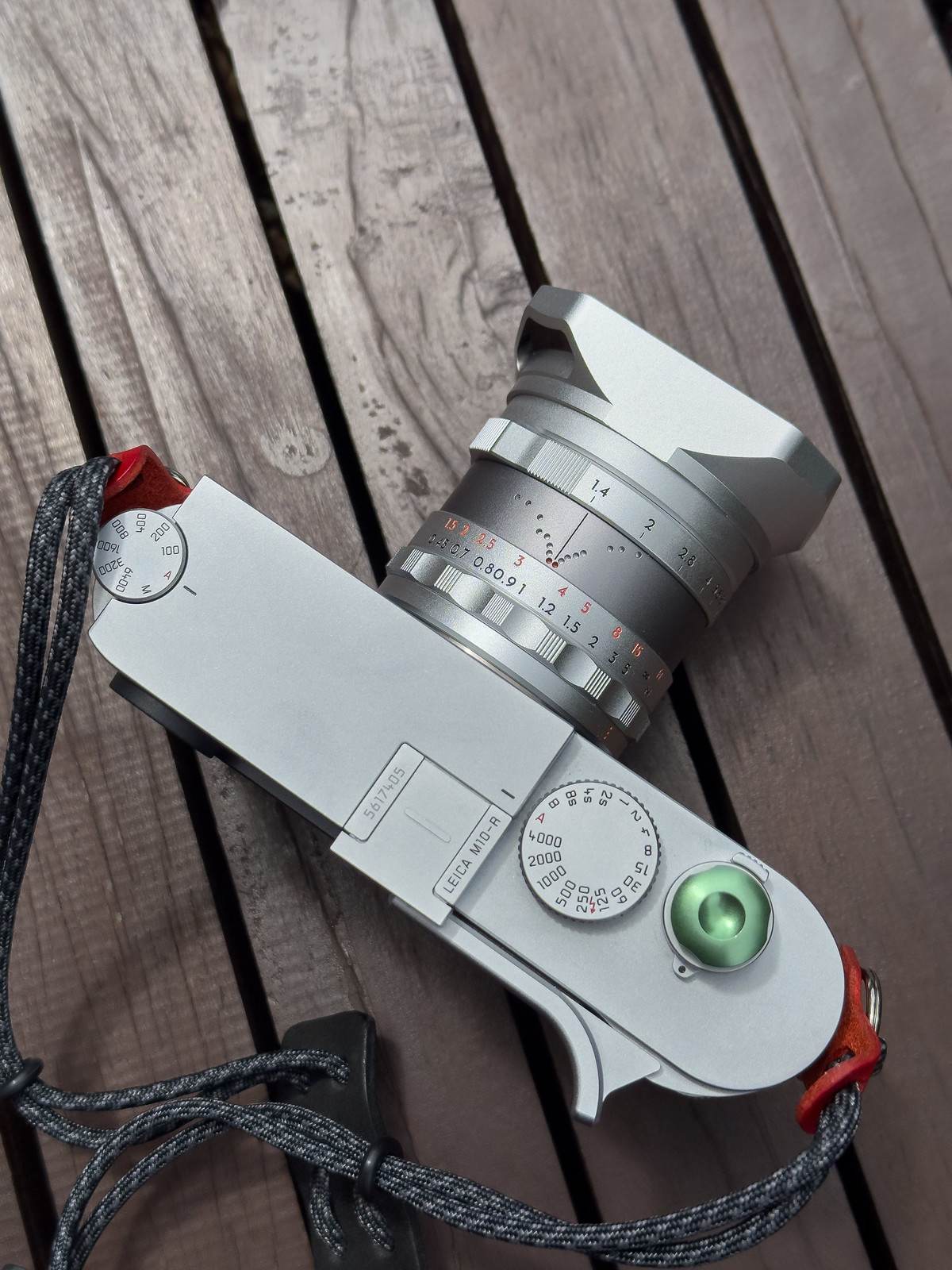
In an increasingly crowded third-party optics for Leica M-mount, let us look at what makes Thypoch stand out today with the just-available Thypoch Simera 35mm ƒ1.4.
Shout-out to Riceball Photography for providing the loan copy for this review. The Thypoch Simera 35mm ƒ1.4 is available at Riceball Photography in limited quantities.

td:lr
Though with only two lens releases in their Simera line to date, Thypoch impresses in two key areas: lens design and image quality at their price points.
The intuitive de-click switch and depth of field scale reminiscent of Alpa Kern lenses show Thypoch’s efforts to distinguish themselves in design and output with a vintage feel.
In my two cents, Thypoch has released a lens that is a step up from the offerings of TTArtisan and closer to Voigtlander and Light Lens Lab in terms of quality. It is a brand worth paying attention to.
Technicalities
To sum it up for the time-starved reader, even though billing itself as a choice for more budget-conscious Leica M users, Thypoch did not skim on the workmanship and optical design of the lens, creating a very well-balanced piece of optics that will likely please most users.
Both new lenses are under the Simera series, meaning “Today” in Greek, emboding a romanticism in capturing fleeting moments of the present day.

Design-wise, the Thypoch Simera 35mm ƒ1.4 incorporates three high refractive index (HRI) lens elements and one aspherical lens, meticulously correcting the curvature of field and spherical aberrations.
I was quite pleasantly surprised to see that Thypoch included a floating elements design, something which I had assumed would belong to more costly alternatives.
Most eye-catching would be the lens’s depth-of-field scale design, bringing to mind the Alpa Kern lenses that have been around since 1951 and are famous for their cine lenses. This design is more straightforward to use than the usual myriad of lines one needs to follow and is obviously more attractive in a more elegant design language.

- Leica M-mount, full manual focus
- Aperture from ƒ1.4 to ƒ16,
- 9 elements in 5 groups design with 14 aperture blades
- Minimum focus distance of 0.45 m
- Filter size of 49mm, Length
- The length is 50.8mm without the lens hood, and 64.8mm with the lens hood, ⌀54mm, and weight at approximately 353 grams.
Lens design and for the MTF chart readers:


From what I heard, Thypoch has its beginnings in the design of cine lenses and, as such, has also incorporated an aperture de-click switch, giving videographers something to cheer for.

There is also an infinity-lock mechanism built into the lens. In this sense, I feel Thypoch has included whatever can be helpful to the photographer as far as possible.
Build and Design
Leica has been moving away from using brass in their newer releases. Similarly, the Simera 35mm ƒ1.4 exterior is composed of aluminum alloy mainly for weight-saving purposes (it is still good old brass inside for brass lovers).
Each lens features an anodized, square lens hood with a threaded interior to minimize flare and provide protection. The hood design is similar to Leica’s Summilux 35mm FLE (version 1) and works as designed, coming to position with a reassuring click.
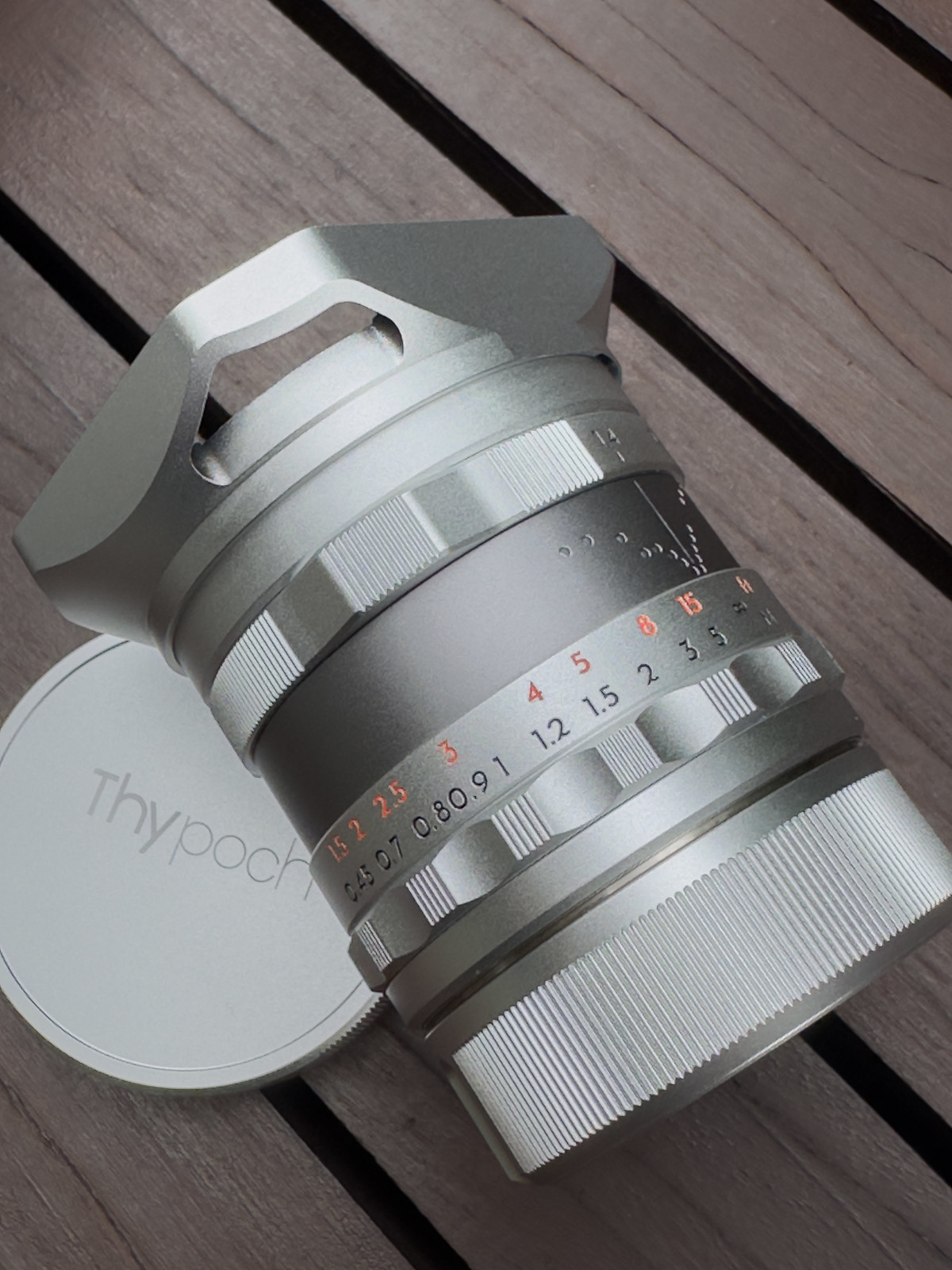
Other design elements I found pleasing and practical were the scalloped aperture ring and knurled focus ring, and again, they included an infinity lock on the lens, which is one thing some will hate and some will like.
The sum of the many details in the build of the Simera 35mm ƒ1.4 elevates it to a lens worthy of being much ahead when compared to the entry level third party makers.
With a minimum focusing distance of 0.45 meters, I appreciate the subtle resistance at 0.7m on the focus ring, which provides the tactile feedback to intuitively alert one to switch over to Live View (or the EVF) as we all should know by now rangefinders only focus close to 0.7m.
The aperture de-click switch, featured on the barrel alongside the aperture control ring mentioned earlier, allows users to seamlessly switch between smooth and clicked operation, which is extremely easy to initiate, making this prime well-suited for videography and photography.
If there is one thing I wish to see improved, it will probably be finishing on the Thypoch Simera 35mm ƒ1.4. Don’t get me wrong, what we have presently is pretty good, but there is room for improvement in this aspect to provide a more hardy and attractive finish.
Performance
Using the Thypoch Simera 35mm ƒ1.4 is, in a simple sense, enjoyable. The focusing ring has an excellent balance between resistance and smoothness, and coupled with the assuring clicks on the aperture ring, this piece of optics has been built with care for the optical design and its handling.
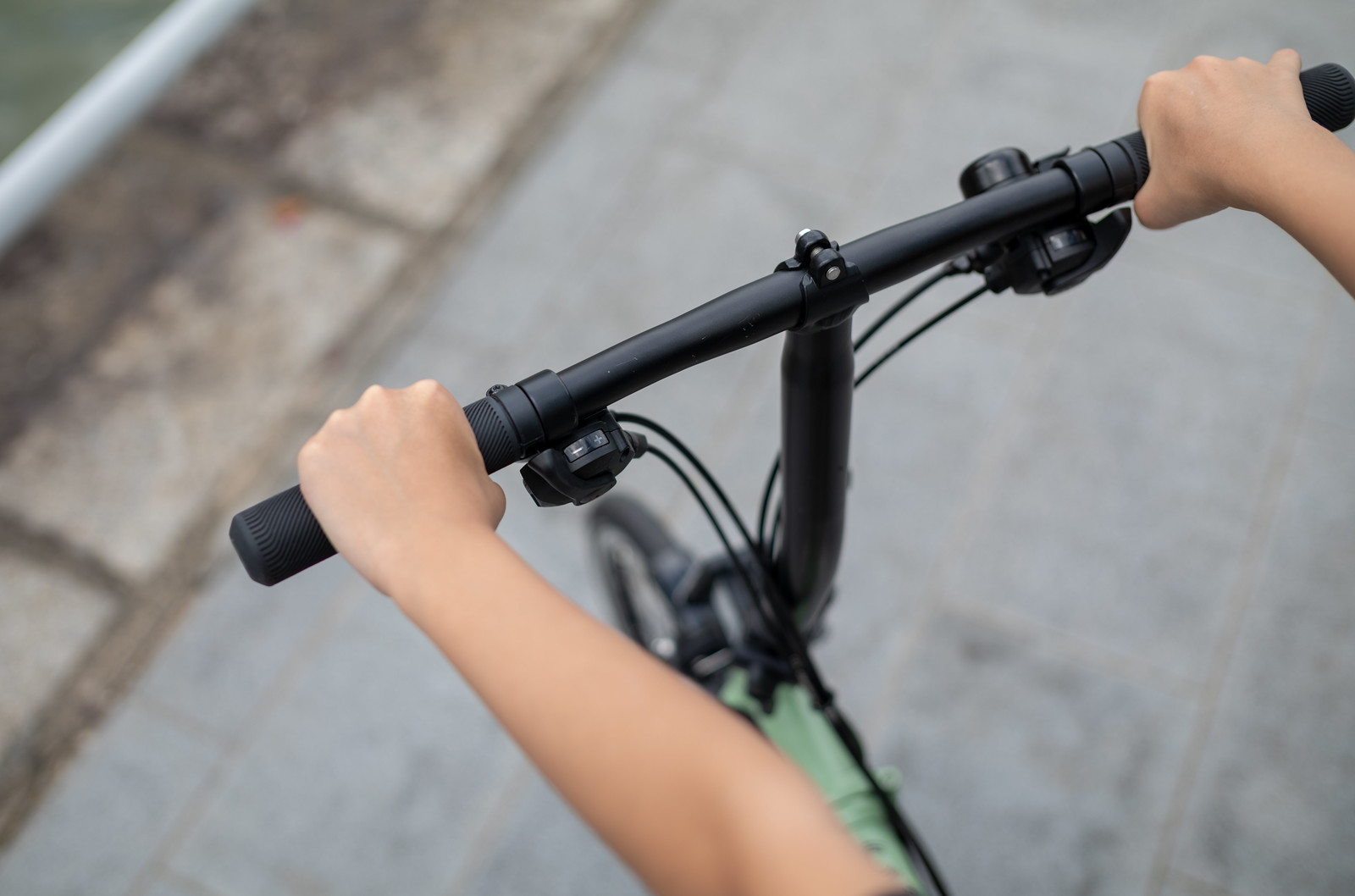
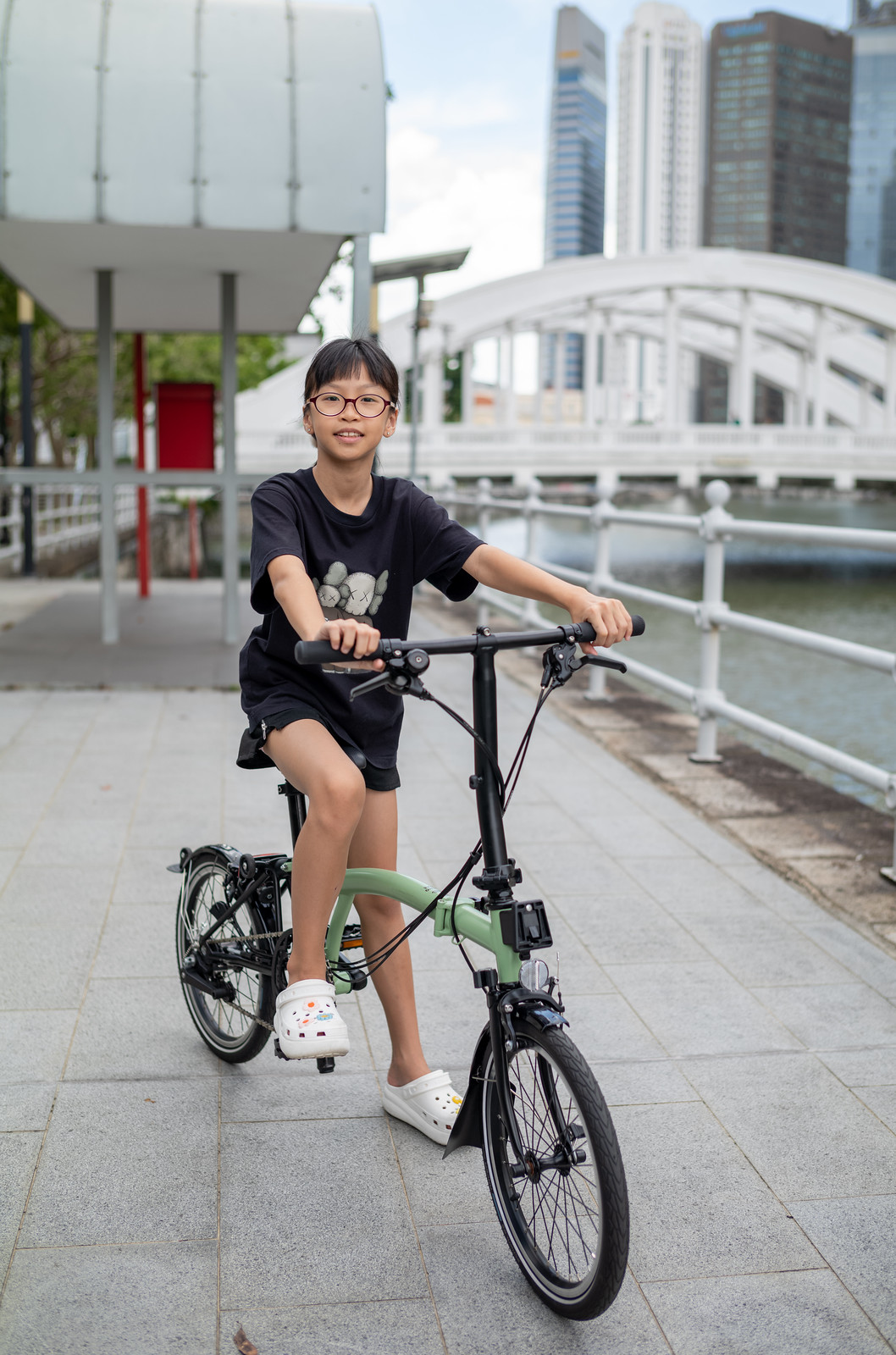
The Thypoch Simera 35mm ƒ1.4 renders a more muted color palette with a quite pleasant fall-off. There is a noticeable amount of pop in the images, and overall, I quite liked this look versus the saturated and contrasting look some modern lenses provide.
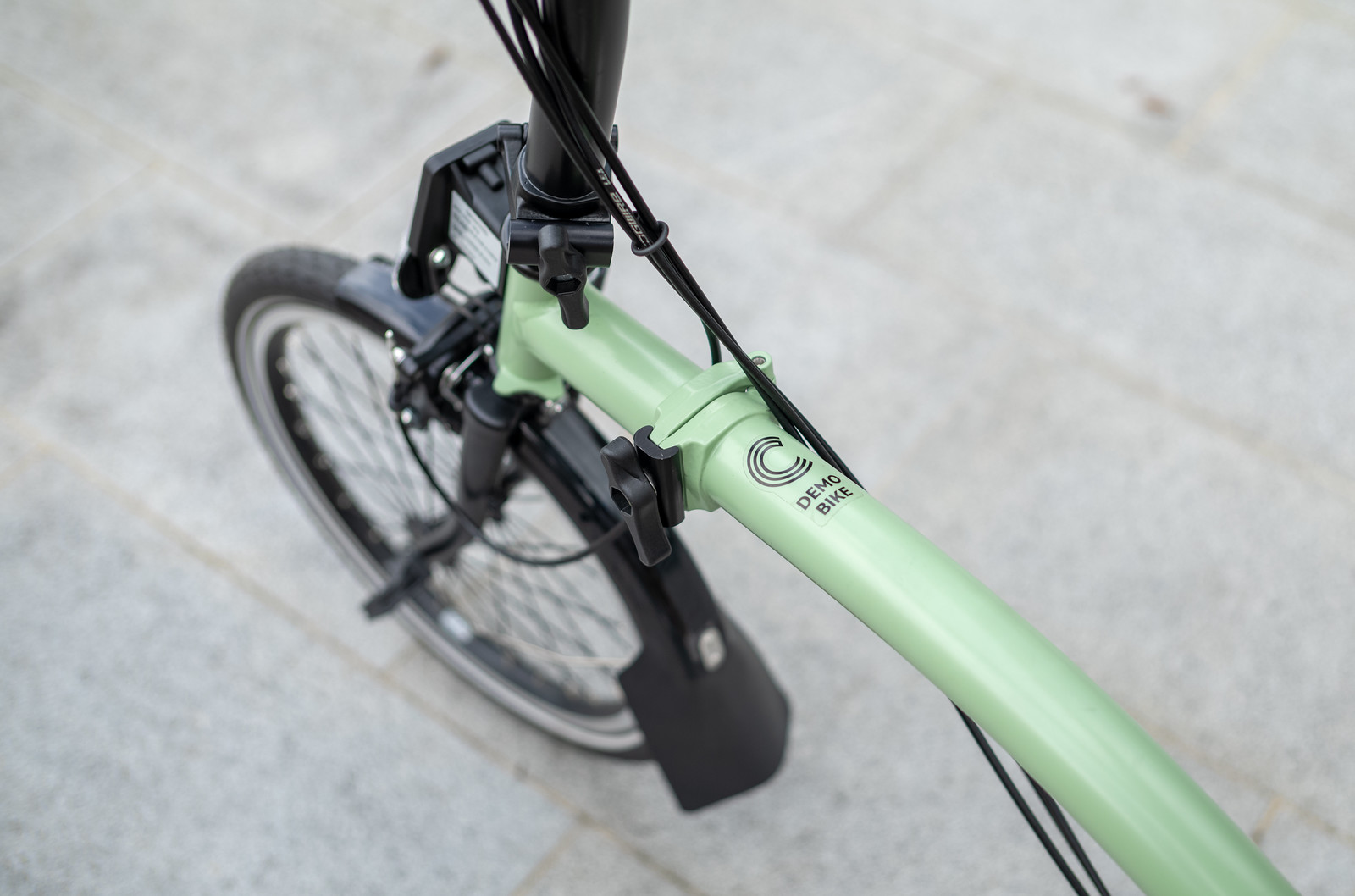

The 14-bladed and circular aperture design also proves its strength in the ‘bokeh’ areas, presenting a gentle, more vintage character with rounded bokeh balls.
At F1.4, the Thypoch Simera 35mm ƒ1.4 performs pretty well, belonging to the ‘sharp and not too sharp’ category of lenses for me.

The image above is an example where at ƒ1.4, the output is sharp and presents details enough to see me in my girl’s pupils. One can also observe that this lens renders with a gentler draw, and, in this sense, lends itself quite nicely to pleasing portraits.
Even for black and white photography, there is a good amount of contrast if one puts in the post-processing or prefers a more punchy feel. Following the namesake of the Simera series, the Thypoch Simera 35mm ƒ1.4 is a piece of optics that one can bring around to capture a broad genre of subjects.


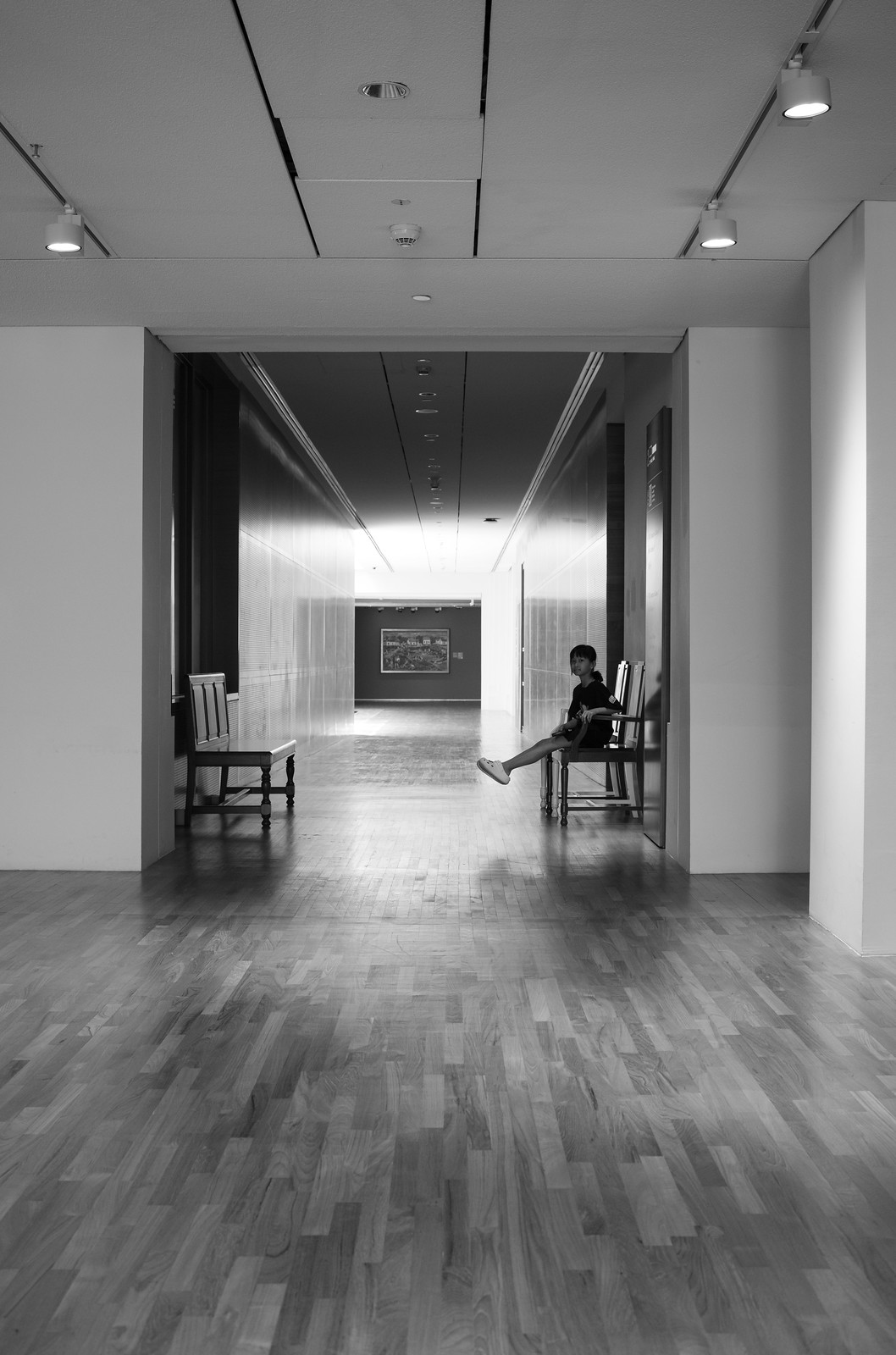

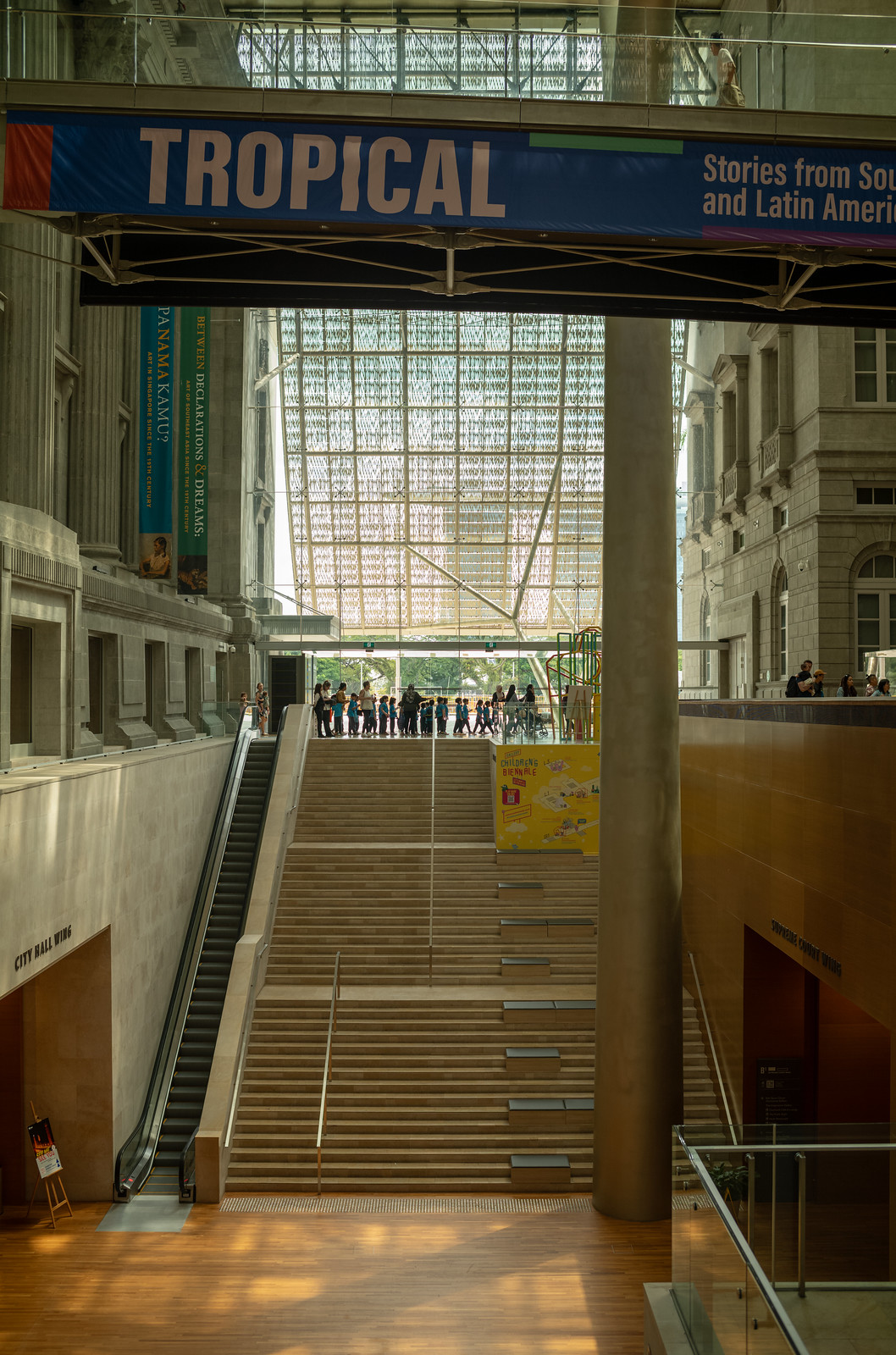
I was pleasantly surprised to see that aberrations were basically non-existent. The Thypoch Simera 35mm ƒ1.4 has quite excellent flare control. Note that I had the hood on at all times.

Conclusions
This review came from a 3-hour hands-on session with a production set of the Thypoch Simera 35mm ƒ1.4 through Riceball Photography’s invite. As a result, I decided on the ‘first impressions’ label and might continue with a more in-depth follow-up if Thypoch approaches for a collaboration.
Even so, the Thypoch Simera 35mm ƒ1.4 has left a positive impression on me despite being among the many available 35mm ƒ1.4 third-party options for Leica M-mount.

Although a newcomer, Thypoch has released a lens that is a step up from the offerings of TTArtisan and closer to Voigtlander and Light Lens Lab in terms of quality. It is a brand worth paying attention to. A Thypoch Simera 28mm ƒ1.4 is due soon, and I really feel this is a brand whose products are worth serious consideration by all Leica M users.
I am unsure if there will be a day when the magic behind Leica lenses will falter. However, I can confidently say that these third-party makers have really stepped up, not only in function but also in the quality and build of their lenses at a fraction of Leica’s price.
Thank you for reading.
If you are keen, the Thypoch Simera 35mm ƒ1.4 is available in limited quantities at Riceball Photography at Peninsula Shopping Centre, Singapore.
Disclaimers:
- This is not a paid review for neutrality’s sake; the Leica M10-R is my personal set.
- The review copy of the Thypoch Simera 35mm ƒ1.4 (a full production version) was returned to Riceball Photography at the end of the review.
- I photographed all product photos and samples shared. I believe any reviewer with pride should produce their own product photos.
- I do not do affiliate purchase links to keep me neutral. I write as a passion and a hobby, and I appreciate that photography brands are kind enough to respect and work with me.
- The best way to support me is to share the review, or you can always help support me by contributing to my fees to WordPress using the ‘Buy me a Coffee’ button at the bottom of the page. Every little bit goes a long way.

Very nice Keith! I was searching around for more information on this lens and am very glad to find that you have tested it. If I compare this against the Voigtlander 35mm F1.5 you have tested too, which would you pick?
LikeLike
Hi! Thank you for popping by. I do find the Voigtlander’s drawing more clinical and on the cooler side, while the Thypoch’s more of a warmer vintage drawing if it helps.
LikeLike
Hi,
I own the Simera 1.4/35 and find it very usable on the Sony A7r II, too. The sensors tack is not a big problem. But what I’ve seen the Voigtländer 1.5/35 handles the thicker sensor glass not so good. So I’m not unhappy with the 1.4/35 until now.
I hope someone will do a comparison between the Simera 1.4/28 and the 7artisans 1.4/28 in the future. Maybe I will switch to the Simera.
Coming back to your review: you showed us beautiful pictures, that give answers about the optical quality of this lens.
Thank you for that!
Best regards, Christian
LikeLike
Hi Christian, thank you 🙂 I am looking forward to the Simera 28mm too. Glad to hear that the Simera 35 works well on the Sony.
LikeLike
thank you for the link!
LikeLike